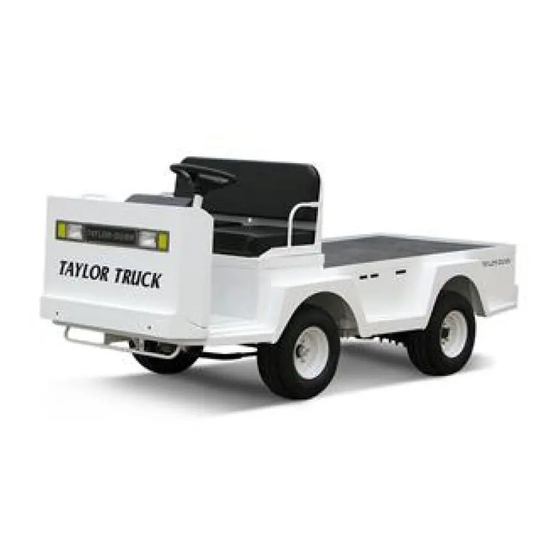Table of Contents
Advertisement
Quick Links
Download this manual
See also:
Operating Manual
Advertisement
Chapters
Table of Contents
Troubleshooting










Need help?
Do you have a question about the B0-T48-48 and is the answer not in the manual?
Questions and answers